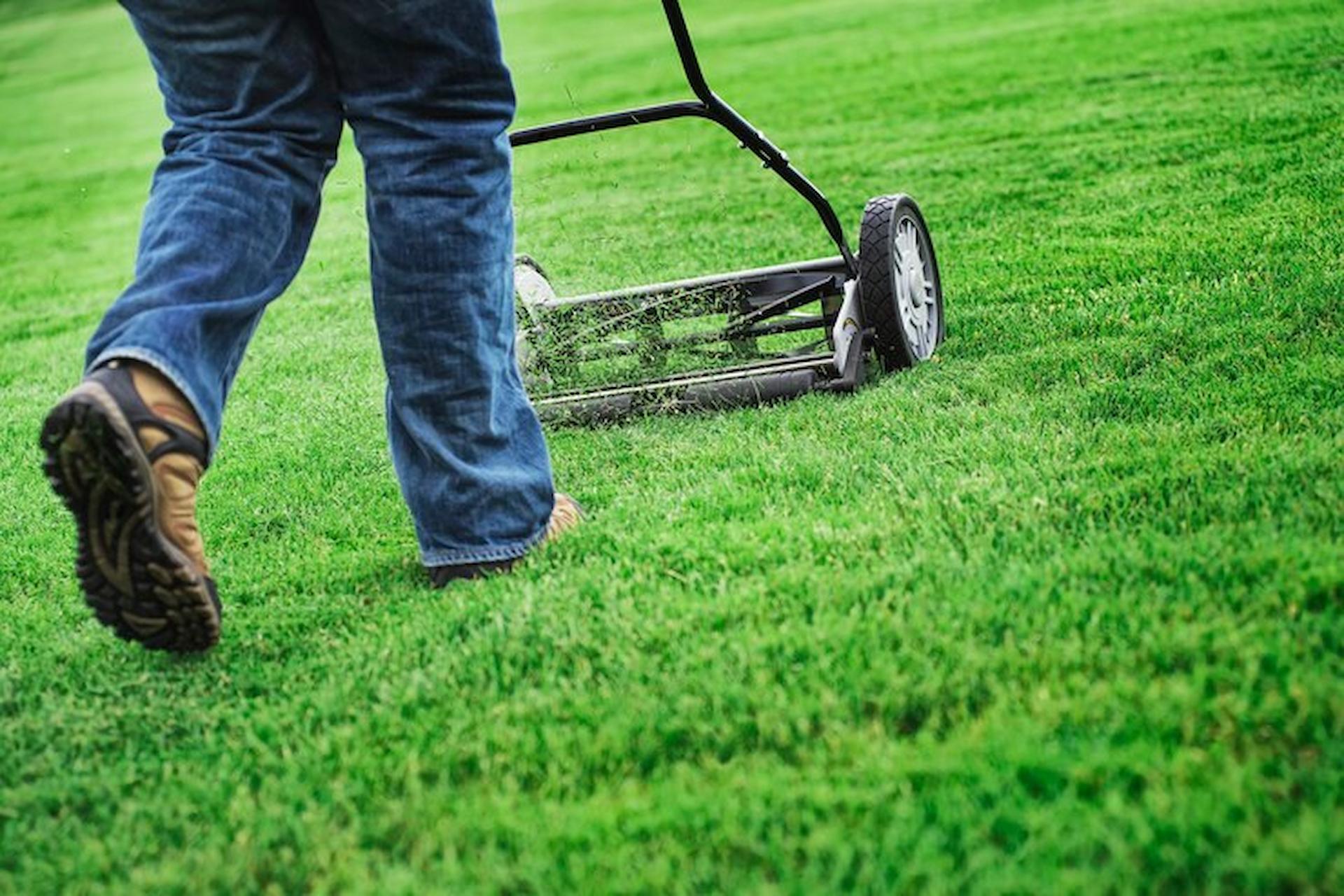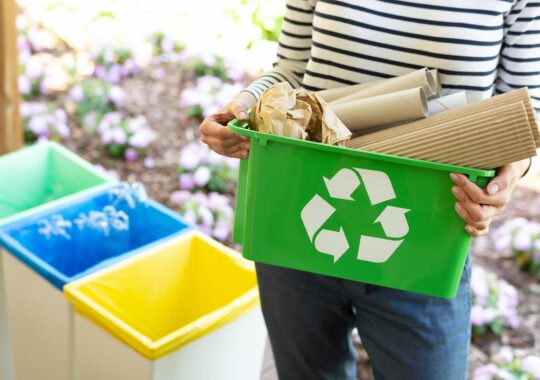Learn the key to thriving, vibrant grass: aeration. Learn when and how to aerate your lawn to achieve professional-level results and ensure long-term health.
Aeration is a crucial yet often overlooked aspect of lawn care maintenance. It involves perforating the soil with small holes to allow air, water, and nutrients to penetrate deep into the roots of your grass. This process can rejuvenate your lawn, promoting healthier growth and overall resilience. Understanding when and how to aerate your lawn is essential for maintaining its lush green appearance year-round.
Why Aerate Your Lawn?
Aeration is necessary to combat soil compaction, which restricts root growth and prevents essential nutrients from reaching the grassroots. Over time, especially in high-traffic areas or heavy clay soils, the soil becomes compacted, making it difficult for roots to thrive. Aerating your lawn alleviates this compaction, promoting more profound root growth and enabling better absorption of water and nutrients. This results in a healthier, more resilient lawn less susceptible to stress, disease, and drought.
When Should You Aerate Your Lawn?
The timing of aeration is critical to its effectiveness. The best time to aerate cool-season grasses, such as Kentucky bluegrass and fescue, is early fall or spring when the grass is actively growing. This ensures that the grass can recover quickly and fill any open areas left by removing soil cores. Late spring to early summer is ideal for their peak growth phase for warm-season grasses like Bermuda grass or zoysia grass.
Signs Your Lawn Needs Aeration
Several indicators suggest that your lawn could benefit from aeration. If you notice pooling water after rain or irrigation, thinning grass, or areas where water seems to run off rather than penetrate the soil, these are signs of soil compaction. Additionally, if your lawn gets heavy use, such as from children playing or frequent foot traffic, aeration becomes even more crucial to maintain healthy grass growth.
Different Aeration Methods
There are two primary methods of lawn aeration: spike aeration and core aeration. Spike aeration involves poking holes into the soil with solid tines or spikes. While this can provide some temporary relief from compaction, it does not remove soil cores and may actually worsen compaction in some cases. On the other hand, core aeration is the preferred method as it removes plugs of soil from the ground, allowing for better air and water penetration and encouraging healthier root growth.
DIY vs. Professional Lawn Care Service
Whether to aerate your lawn or hire a professional lawn care service depends on several factors. DIY aeration can be cost-effective if you have a small lawn and access to rental equipment. However, hiring a professional service is recommended for larger lawns or if you lack experience with aerating equipment. They have the expertise and specialised equipment to aerate your lawn efficiently and effectively, ensuring optimal results and minimal disruption to your turf.
Steps to Prepare for Aeration
Before aerating your lawn, there are a few preparatory steps to ensure the process goes smoothly. First, water your lawn thoroughly the day before aeration to soften the soil and make it easier for aerator tines to penetrate. Mark any irrigation heads, shallow utility lines, or other obstacles to avoid damaging them during aeration. Lastly, mow your lawn to its recommended height a day or two before aeration to allow the aerator to access the soil more effectively.
Post-Aeration Lawn Care Tips
Proper post-aeration care is essential to maximise the benefits of aerating your lawn. Leave the soil plugs on the lawn to break down naturally, providing valuable nutrients back into the soil. Consider overseeding immediately after aeration to fill in thin spots and promote a thicker, healthier lawn. Continue with regular watering and mowing practices to support new growth and allow your lawn to recover fully from the aeration process.
Final thoughts
Aeration is a fundamental practice for maintaining a healthy, lush lawn year-round. By understanding the timing and aeration methods, you can effectively combat soil compaction and promote deep root growth. Whether you choose to aerate your lawn yourself or hire a professional lawn care service, the benefits of aeration are undeniable: improved nutrient absorption, enhanced water retention, and overall resilience against environmental stressors. Invest in the long-term health of your lawn through regular aeration, and enjoy the vibrant green carpet of grass you’ve always wanted.






This post couldn’t have come at a better time! I’ve been considering aerating my lawn, but wasn’t sure when or how to do it effectively. Your advice on timing—during the active growth phase—is spot on. It makes sense that the grass can recover faster and benefit more from the aeration process. I appreciate the emphasis on core aeration too. It seems like the best method to relieve soil compaction and allow nutrients to penetrate deeper into the root zone. I’m definitely going to give it a try soon and see if it improves the health and appearance of my lawn. Thanks for the informative post!